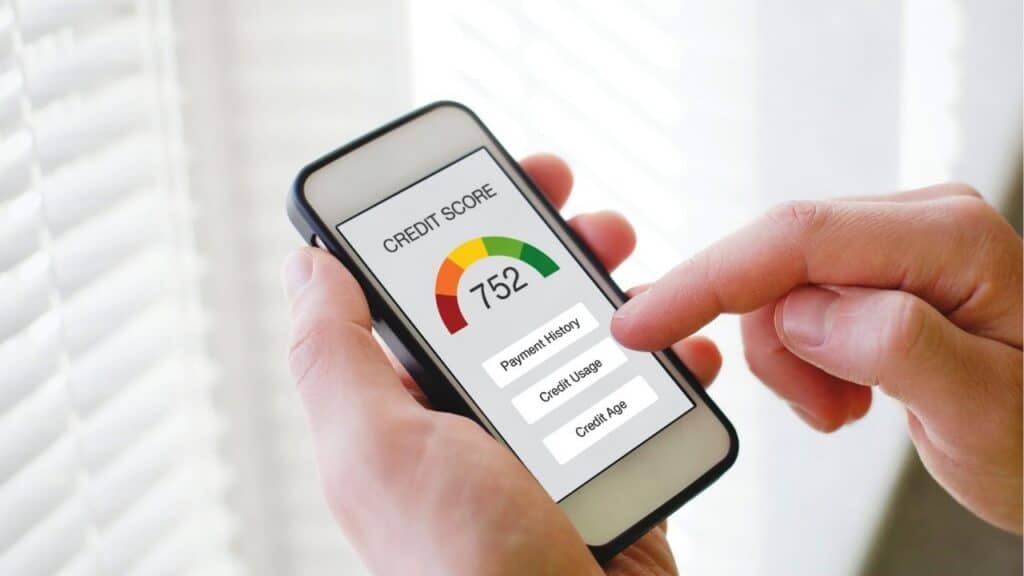Introduction
If you’re a homeowner, chances are you’ve heard about refinancing. But is it always a good idea? Refinancing can lower your rate, reduce payments, or even help pay off your mortgage faster — but only when the math works in your favor. Let’s break down when refinancing makes sense and when it doesn’t.
When Refinancing Makes Sense
- Lower Interest Rates: If you can lock in a rate 0.5%–1% lower than your current mortgage, you could save thousands. Especially helpful if you compare mortgage types.
- Shortening Your Term: Moving from a 30-year to a 15-year loan helps you pay off faster and save on interest.
- Switching Loan Type: Some refinance to move from an adjustable rate to a fixed loan for stability.
- Accessing Home Equity: A cash-out refinance can fund home improvements or consolidate debt.
When Refinancing Doesn’t Make Sense
- High Closing Costs: Refinancing comes with fees. Don’t forget, like with down payment options, upfront costs matter.
- Short-Term Plans: If you plan to sell in a couple of years, you may not save enough to offset the costs.
- Worse Terms: Sometimes refinancing extends your loan term, which may cost more in the long run.
How to Decide if Refinancing Is Right for You
- Calculate potential savings.
- Weigh fees against benefits.
- Check your credit score. A higher score improves odds — see our credit score tips.
- Consider your future plans (moving, job stability, retirement).
Final Thoughts
Refinancing can be a powerful financial tool when used wisely. It’s not for everyone, but when conditions align, it can lower payments and save thousands. To prepare, see mortgage types compared, review down payment options, and use our credit score tips to qualify for the best rates.
Your questions, answered
What’s the best reason to refinance?
Lowering your interest rate and saving on monthly payments.
When should you not refinance?
If fees outweigh savings, or you plan to move soon.
How much lower should rates be to refinance?
A common rule is at least 0.5%–1% lower than your current rate.



